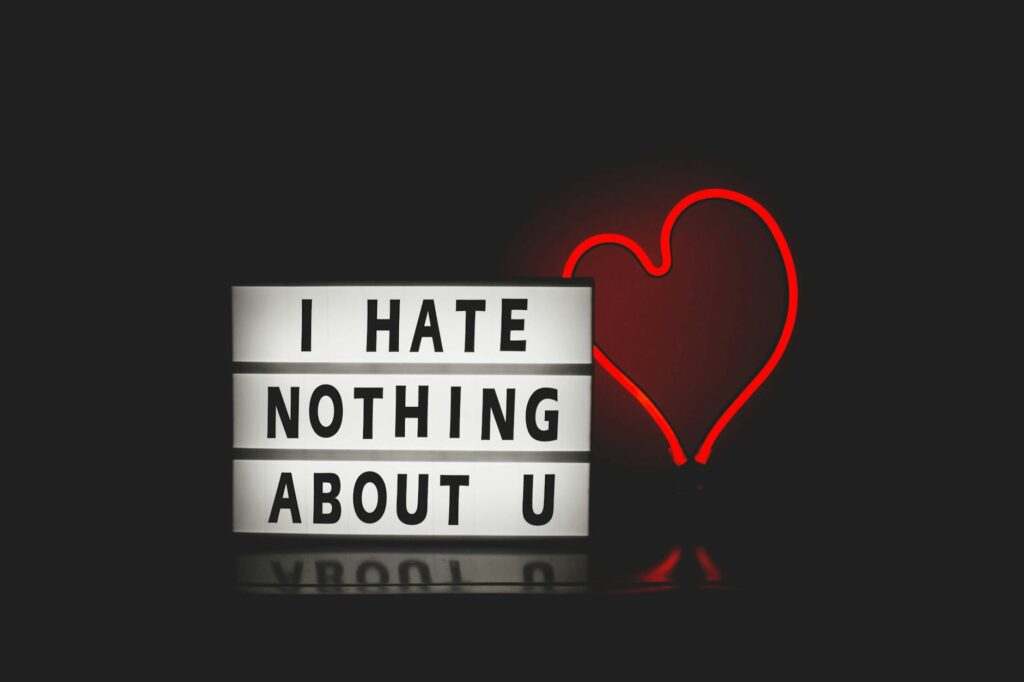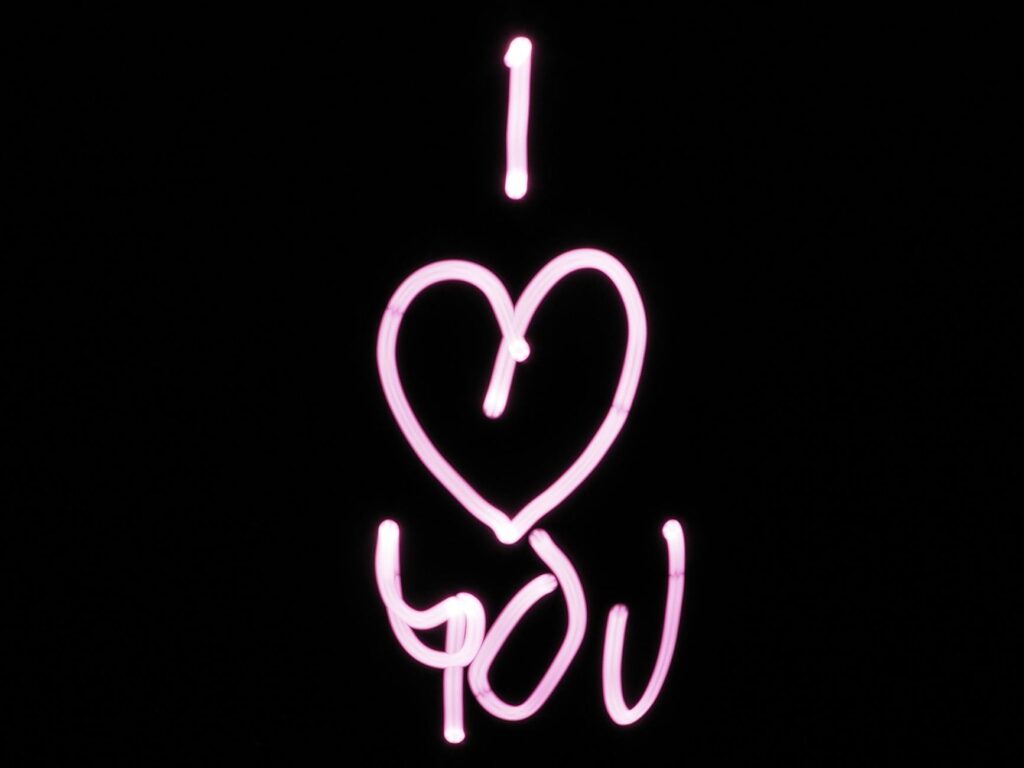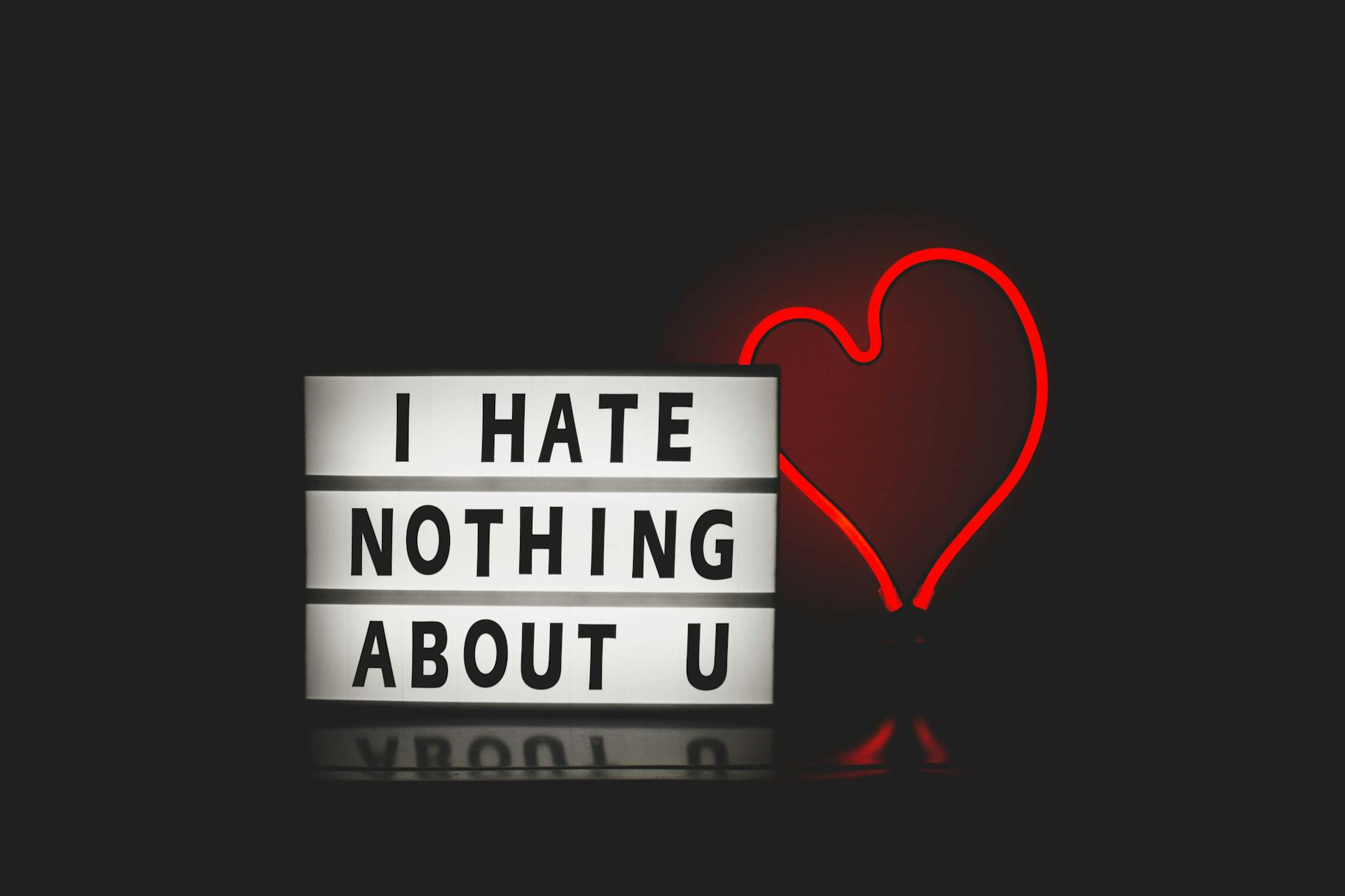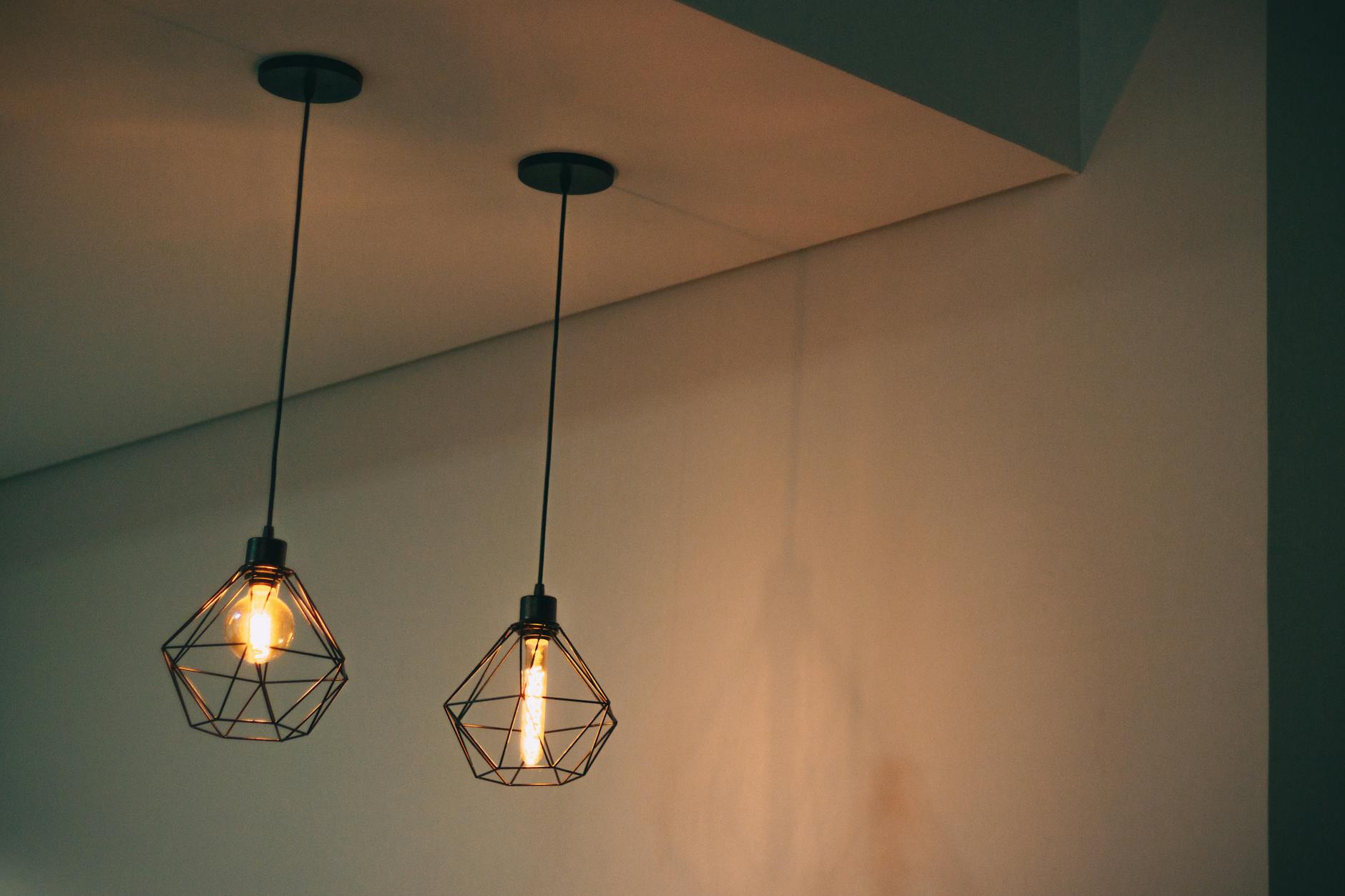LEDs, or Light Emitting Diodes, are everywhere—from the blinker in your smartphone to the streets lit up at night. Let’s dive deep into the world of LEDs to understand what makes them glow so efficiently and the myriad ways they illuminate our world.
What Are LEDs?

LEDs are semiconductor devices that emit light when an electric current flows through them. Unlike traditional incandescent bulbs, LEDs don’t have a filament that will burn out, making them more sustainable and long-lasting.
The History of LEDs
LED technology dates back to the early 20th century, but it wasn’t until the 1960s that the first practical LED was developed. This breakthrough led to the widespread use of LEDs we see today.
How LEDs Work
At their core, LEDs work by allowing electrons to combine with electron holes within the device, releasing energy in the form of photons—this process is called electroluminescence.
The Benefits of LED Lighting
The advantages of LEDs over traditional lighting are numerous, including higher efficiency, longer lifespan, more durable, and environmentally friendly.
Types of LEDs
There are several types of LEDs, including miniature, high-power, and OLEDs (Organic LEDs), each serving different purposes across a range of applications.
The Color Science of LEDs
LEDs can produce a wide spectrum of colors, controlled by the materials and mechanisms within the semiconductor. This makes them ideal for various displays and lighting needs.
Applications of LEDs
From industrial applications to personal devices, LEDs illuminate our world in countless ways. They’re used in automotive lighting, street lights, televisions, and more.
LEDs in Smart Homes
Smart home technology often relies on LEDs for energy-efficient lighting solutions that can be controlled remotely or programmed to specific preferences.
The Impact of LEDs on Energy Consumption
LEDs have significantly reduced global energy consumption and greenhouse gas emissions, helping to combat climate change.
Choosing the Right LED for Your Needs
Selecting the right LED involves considering factors such as brightness, color temperature, and where it will be used.
Installation and Maintenance
LEDs are generally easy to install and require minimal maintenance, further contributing to their cost-effectiveness over time.
Comparing LEDs with Other Light Sources
The superiority of LEDs over incandescent and fluorescent lights is clear when comparing their efficiency, lifespan, and impact on the environment.
The Future of LED Technology
With continuous advancements, the future of LED technology looks bright. Innovations in efficiency, color variety, and application methods are on the horizon.
FAQs About LEDs
LEDs have sparked much interest and curiosity, leading to frequent questions about their functionality and benefits.
DIY Projects with LEDs

Enthusiasts and hobbyists alike find LEDs perfect for a variety of DIY projects, from home decor to tech hacks.
LEDs and the Environment
Their energy efficiency and long lifespan make LEDs a greener lighting choice, minimizing waste and reducing emissions.
The Economics of LEDs
Despite a higher upfront cost, the long-term savings on energy bills and replacement bulbs make LEDs a wise economic choice.
Myths and Misconceptions About LEDs
Dispelling myths, such as LEDs being harmful to eyes, is crucial in understanding their many benefits and safe use.
How to Recycle LEDs
While LEDs contain no hazardous materials, proper recycling methods ensure they’re disposed of responsibly, further contributing to their environmental benefits.
Safety and Health Benefits of LEDs
LEDs are known to be safer than traditional lighting, with benefits such as reduced eyestrain and no ultraviolet emissions.
In conclusion, LEDs offer a multitude of benefits over traditional lighting methods. Their efficient, long-lasting, and versatile nature makes them an essential part of modern life, transforming the way we light our world. As technology continues to advance, the potential applications for LEDs seem almost limitless, signaling a bright future for this shining technology.
Frequently Asked Questions
Can LEDs help in reducing electricity bills? Absolutely. LEDs consume significantly less energy compared to traditional lighting, leading to lower electricity bills.
Are LEDs environmentally friendly? Yes, due to their long lifespan and energy efficiency, LEDs are considered a more environmentally friendly option than traditional bulbs.
Can any light fixture use LEDs? Most modern light fixtures are compatible with LEDs, but it’s essential to check the specifications of both the fixture and the LED bulb.
How long do LEDs last? LEDs can last up to 25,000 hours or more, much longer than incandescent and fluorescent bulbs.
Do LEDs contain hazardous materials? No, LEDs do not contain mercury or other hazardous materials, making them safer and easier to recycle.





